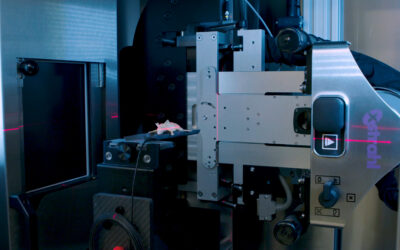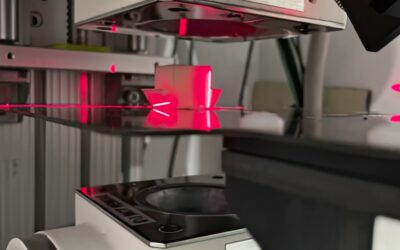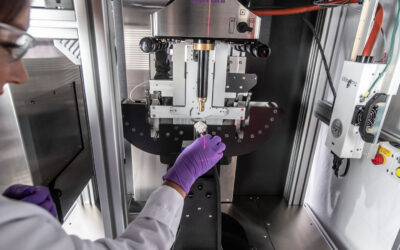Radiation therapy plays a crucial role in the management of breast cancer. However, current standards of care have yet to accommodate patient-specific radiation sensitivity. Raman spectroscopy is promising for applications in radiobiological studies and as a technique for personalized radiation oncology, since it can detect spectral changes in irradiated tissues.
In their study “Raman Spectroscopic Signatures Reveal Distinct Biochemical and Temporal Changes in Irradiated Human Breast Adenocarcinoma Xenografts” Van Nest SJ, Nicholson LM, DeVorkin L, Brolo AG, Lum JJ, Jirasek A, establish Raman spectroscopic approaches to investigate the biochemical nature and temporal evolution of spectral changes in human breast adenocarcinoma xenografts after in vivo irradiation.
Spectral alterations related to cell cycle variations with radiation dose were identified for tumors treated using a range of single-fraction ionizing radiation doses. Additional dose-dependent spectral changes linked to specific proteins, nucleic acids and lipids were also identified in irradiated tumors with a clear temporal evolution of the expression of these signatures.
They concluded distinct shifts in Raman spectra after in vivo irradiation of human breast adenocarcinoma xenografts, emphasizing the significance of Raman spectroscopy for assessing tumor response during radiation therapy.
This Xstrahl In Action was adapted from a article found on a National Library of Medicine website.







